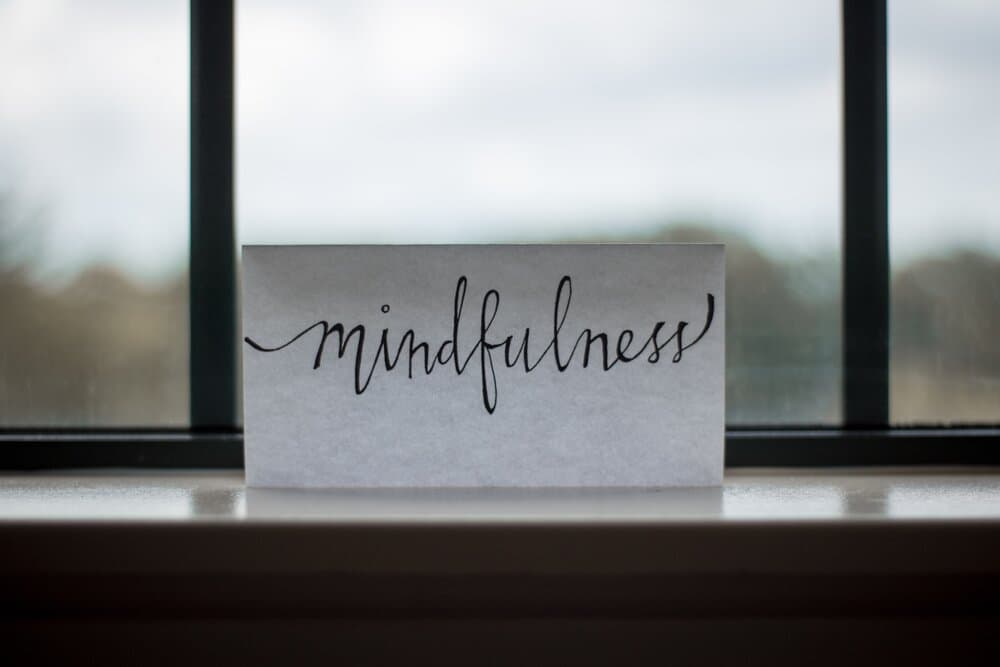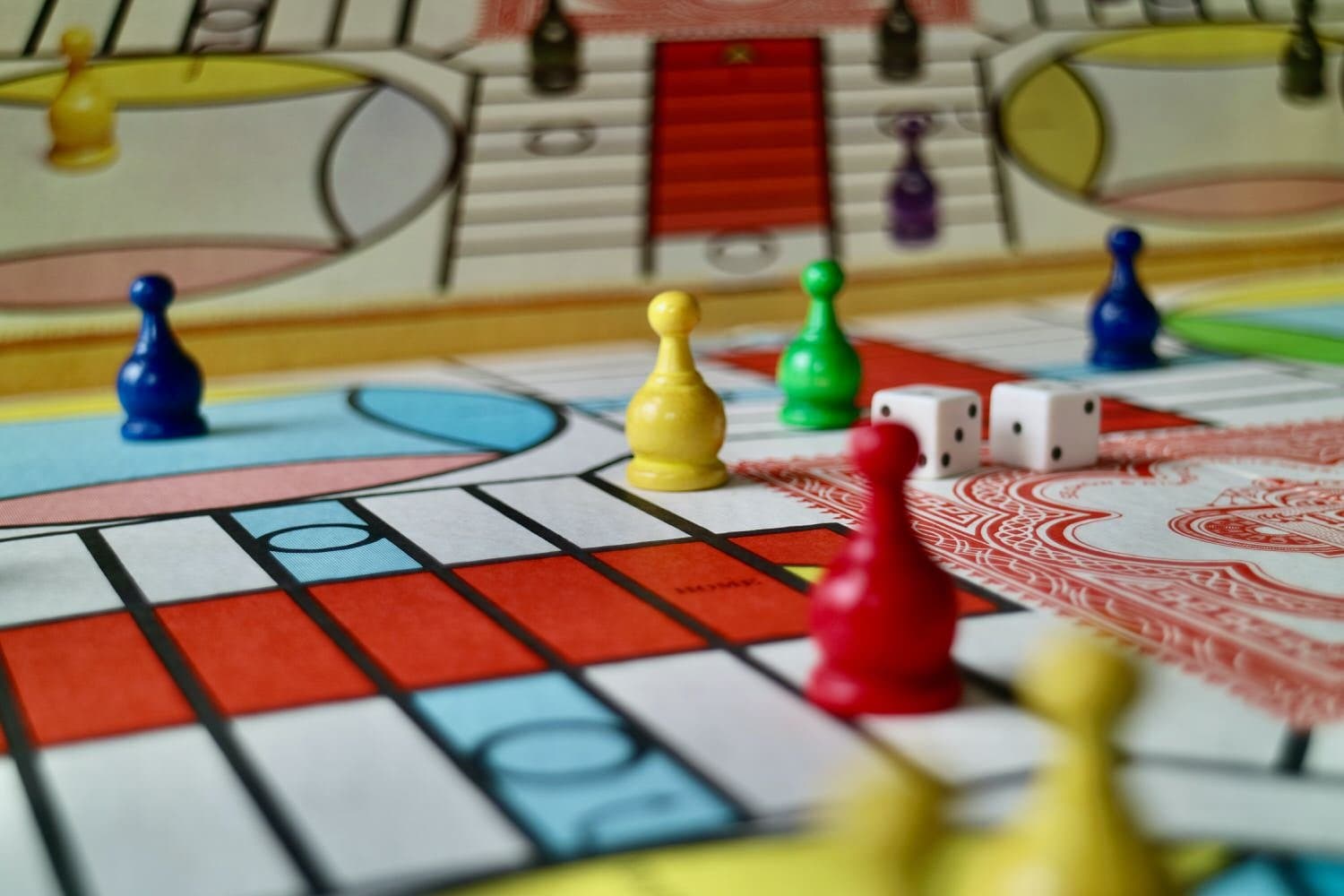Is mindfulness worth the hype?
We have all heard the word mindfulness at some point, but what is it? How can it help you in your day-to-day life? The practice is a lot simpler than you think, and more useful than ever given the tumultuous times we are living in. Keep reading to find out some simple techniques to practice mindfulness regularly.

KraftyLab Team

What is mindfulness?
At its very essence, mindfulness is probably a lot simpler than you think. Mindfulness is just about being at ease with yourself – acknowledging your feelings and emotions as you feel them without judgment. It is an awareness of your behavior, your surroundings. We spend a lot of time so busy, so invested in tasks and activities, that we rarely stop to process what is happening at that moment. Those with anxiety and nerves know the gut-wrenching feeling of thinking of things other than the present – what will happen in the future? What did we do in the past? This constant back-and-forth does not allow us to live in the moment.
Mindfulness follows two basic principles: awareness and attitude. Awareness allows you to notice things – your emotions, feelings, and perceptions. Attitude is about your response – can you accept your emotions for what they are? Can you deal with a situation as it is?
Dealing with conflict
When it comes to dealing with conflict, practicing mindfulness can help us better assess the situation, allow us to act not out of anger, and have more control over our emotions and behavior. This can help avoid a row or outbursts and instead focus on dealing with the issue at hand. If you are more aware of your feelings and emotions, you will inevitably be more aware of others too, and this can lead to being able to de-escalate from a difficult situation and prevent it from becoming a major conflict.
Being more self-aware will mean we can be more selective about our response to all forms of conflict – whether that is with ourselves, our environment, or others. Many experts in the field have developed techniques and tools to help us deal with difficult situations, such as Michele McDonald, who coined RAIN as a response process (RAIN – recognize, allow, investigate, and non-identification) – two particularly important points from this technique are the ability to recognize a situation for what it is and our reaction and feeling towards it, and to allow for a situation to be what it is without the need to change it. While this can seem almost obvious, we often act on our feelings without processing it for what it is first – this is where mindfulness practices can become helpful.
Improving our mental health
Feeling good within ourselves and within our bodies can allow us to be more present and fulfilled people. We all want to be able to actively participate in our lives, develop relationships, and cope with life's difficulties healthily. There is evidence that mindfulness can support and encourage positive mental health, and there are techniques such as Mindfulness-Based Stress Reduction (MBSR) and Mindfulness-Based Cognitive Therapy (MBCT) designed to help individuals deal with stress and depression, respectively. But beyond these, there are simple ways to practice mindfulness in a less intimidating way.
But how do I practice mindfulness?
The most common technique is mindfulness meditation – and there are many things you can choose to focus on: maybe your breathing and the sensation of breathing in and out and how it feels in your body, maybe it is your extremities and different body sensations, or even sounds. Your mind can wander, and that is expected, but you can refocus and reel back in. This practice of being aware of your breath is an easy and accessible technique to start with. This can be a way to start your day by taking time to sit and be present.
However, this does not mean that the only way to practice mindfulness is through meditation. Being mindful is what creates the habit of mindfulness; maybe it is going out in nature and just being present and connected in the moment and your surroundings, it may be incorporating mindfulness thoughts into your workout routine, being more aware of your body's response to exercise, the way your breathing patterns change, these are all ways to practice mindfulness. Maybe try a body scan meditation exercise – and focus on your own body. You can do this by laying down and focus on the sensations on your body from head to toe (or toe to head, whatever works for you) and scan your body, bring awareness to your extremities. Is there any tension or pain? This simple exercise can help you evaluate the inner workings of your body that often go unnoticed.
Lastly, if these seem daunting – remember that mindfulness is a state of mind, a practice that you can include into any behavior. You can even practice mindful eating – put away the phone or the TV, and focus on your food and your meal, the textures, the smells, the flavors. I mean, when was the last time most of us did that? Mindfulness does not have to be intimidating - it is accessible and has countless benefits for us all. So, the next time someone suggests a yoga class or a meditation session, you should join them; you may be pleasantly surprised with the experience.
Author's note: If this in any way helped pique your interest in mindfulness or meditation - check out @thekraftylab on Instagram and join us for Wellness Wednesday's for free virtual meditation with our instructor John and free virtual yoga with our instructor Shaunie.
At Kraftlab, we strive to inspire teamwork by fostering meaningful connections through virtual activities that engage and connect remote and hybrid teams.




